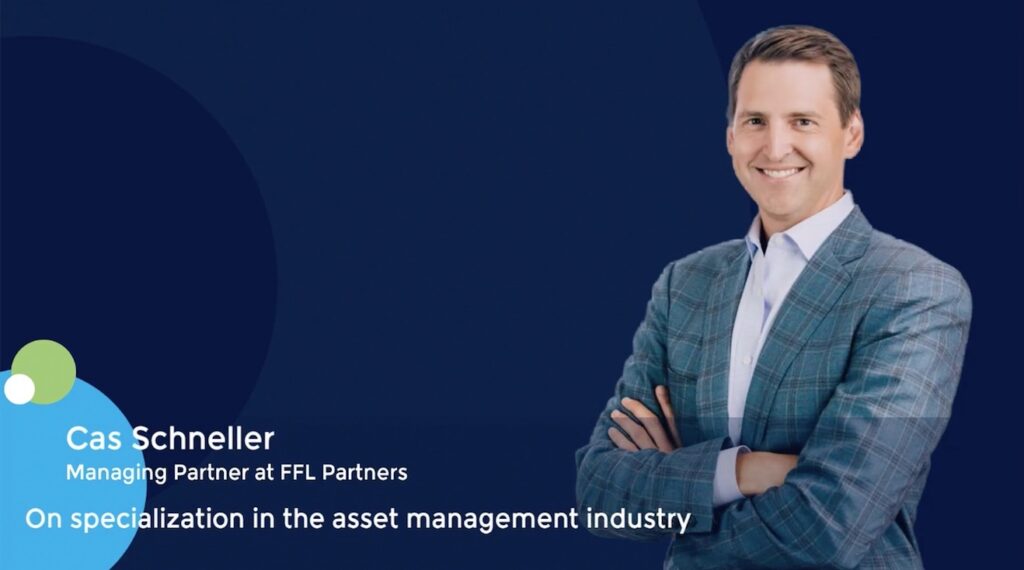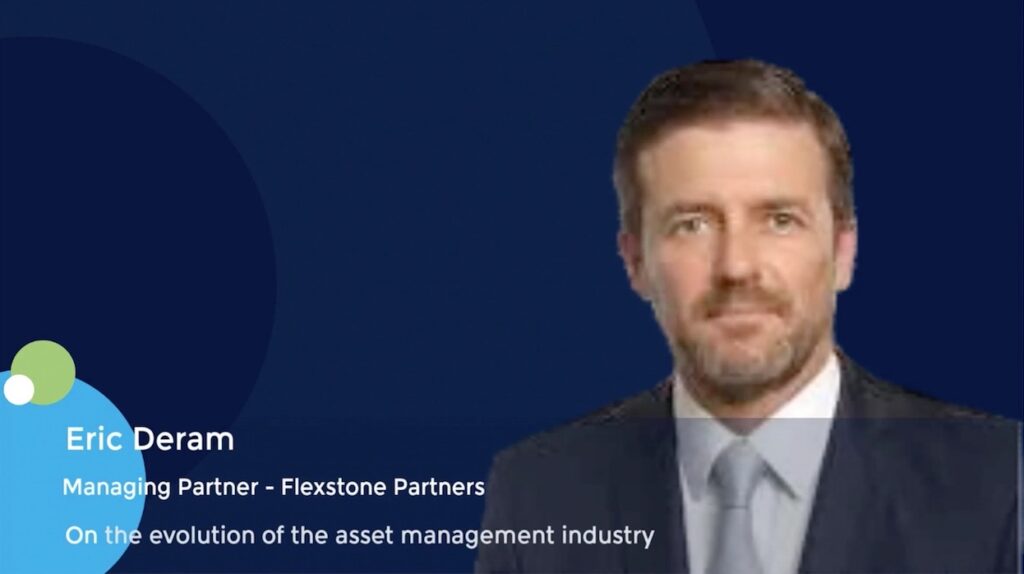Complex structures are slowing Asia fundraises as GPs lure LPs with co-invest – AVCJ Forum
Negotiations are slowing fundraising processes as GPs entertain structural compromises intended to accommodate LP appetite for co-investment, the AVCJ Private Equity Forum 2024 heard.
“LPs are asking for co-investments, SMAs [separately managed accounts], sidecars. They want to be able to decide where they put their money alongside their investments in the main fund. That’s one big thing I’ve been seeing,” said Euzane Lee, deputy general counsel at TPG NewQuest.
“GPs are more open to these [arrangements]. However, they have become more tailored compared to the traditional arrangements from a couple of years ago, when co-invest vehicles were more of a gentleman’s handshake arrangement. Now, they are definitely more front-loaded discussions between the parties and are more heavily negotiated.”
Compromise comes against a backdrop of challenging fundraising conditions, largely a result of geopolitical and regulatory concerns, heightened interest rates, and uncertainty over exits. About USD 71.3bn was committed to Asia-based managers – outside of the renminbi fund space – in 2023, down 38% year-on-year, according to AVCJ research. The running total for 2024 is USD 33.7bn.
Niklas Amundsson, a partner at placement agent Monument Group, concurred that tools such as continuation vehicles, single-asset funds, and co-investment vehicles have made fundraising more complicated. He observed that co-investment has emerged as a differentiator in 2024, especially among sector-specialist and lower middle market GPs that flex up for larger deals.
TPG’s Lee added that SMAs tend to have a particular sector or geographical focus. For LPs, the objective is often to build long-term relationships with high-quality managers that span multiple products. This means GPs are being asked to come up with bespoke solutions that inevitably require more time for due diligence and investment committee (IC) sign-offs.
“LPs demand opt-in and opt-out rights, no fees and no carry, and access to every deal significant enough for co-investment. These aspects are often the first topics discussed before moving to the IC stage for final approval to invest in the fund,” she said.
Co-invest uncovered
Some private equity firms already employ highly structured approaches to co-investment. BC Partners, for example, has a multi-tiered system that facilitates access to single or multiple assets across individual funds. Co-investment is seen as a means of smoothing the path to subsequent fund commitments because it allows LPs to become more familiar with the firm.
“You do need to be able to demonstrate that you have the track records and the propensity to partner well,” said Alexis Maskell, a partner and global head of investor relations at BC Partners. “If you don’t, you may risk being caught out by selection bias or even over-promising and underdelivering.”
Warburg Pincus, meanwhile, doesn’t offer customised solutions for co-investment because it wants to avoid potential conflicts of interest. However, the firm often suggests LPs participate in co-investments as co-underwriters – getting involved early, contributing to due diligence, and sharing costs – as a relationship-building exercise.
“Throwing that back to the LP base has helped move a few conversations and lets LPs know that if they can write a bigger cheque and come in earlier, there are other ways to be rewarded beyond the typical syndicated co-investment process,” said Teck Loon Goh, a partner at Warburg Pincus.
For FountainVest Partners, co-investment tends to come once LPs have worked with the firm for an extended period and there is mutual understanding as to what they might be interested in and how long they need to assess opportunities. “[SMAs] are something they may consider,” said Brian Lee, FountainVest’s general counsel, though he also highlighted potential conflicts of interest.
Points of compromise
The firm – which targets China and China-related investments – closed its fourth fund in 2022 after two extensions to the fundraising period. FountainVest’s Lee noted an increased focus on co-investment by LPs during the fundraise than in previous vintages. There were also more calls for early-bird fee discounts and heightened reporting on ESG (environment, social, and governance).
The toughest negotiation points, however, involved adjustments to investment guidelines. LPs coming into second or third closes would request changes to allocations or exposure limits, even though these are often pre-agreed with anchor investors, FountainVest’s Lee explained. While soft assurances can be given on deployment patterns, post-first close adjustments are seldom feasible.
Such stumbling blocks largely reflect concerns about China risk. India is perceived more positively, but fundraising may still be held up by complex, co-investment-related fund structures – as well as LPs with their own slow internal processes and regulatory tightening – said Pratibha Jain, head of strategy and group general counsel at Everstone Group, which invests in India and Southeast Asia.
“The focus on co-investments is a factor of more LPs wanting to have more direct exposure, especially in countries like India where it’s not that easy to just go in and start doing deals,” she said.
Jain echoed the observation about ESG featuring more significantly in negotiations, noting that compliance is a challenge in India where portfolio companies must be trained to provide the information LPs want to see in reporting. “It takes quite a bit of time, extra cost, and effort, so that’s been a significant change from before,” she said.












